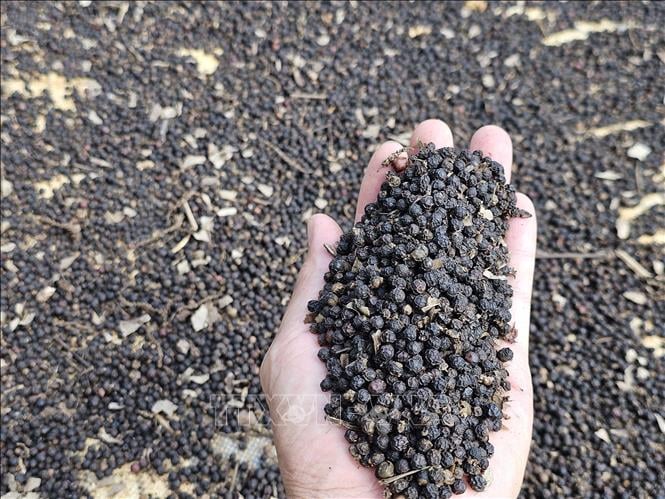
Specifically, in September, Vietnam exported 20,487 tons of various types of pepper, earning $136.3 million. Although the export volume and value decreased by 4.6% and 2.5% respectively compared to the previous month, they increased sharply by 19.5% in volume and 23.2% in value compared to the same period in 2024.
Average export prices continued to rise. Black pepper reached US$6,490/ton, up 2.4% from the previous month; white pepper reached US$8,679/ton, up 1.4%. On the world market, the price of Lampung black pepper (Indonesia) increased by nearly 3% to US$7,225/ton. Vietnamese pepper prices remained stable at US$6,600–6,800/ton, creating a competitive advantage compared to some other major producing countries.
In the first nine months of the year, Vietnam exported 186,997 tons of pepper, a decrease of 6.9% in volume but a significant increase of 27.6% in value, reaching over US$1.26 billion. Average export prices increased sharply, with black pepper reaching US$6,647/ton (an increase of US$1,795) and white pepper reaching US$8,716/ton (an increase of US$2,254) compared to the same period in 2024. This price increase reflects the supply shortage in some major producing countries, while global demand is gradually recovering after a period of stagnation.
The United States remains Vietnam's largest export market for pepper, accounting for 21.4% of total exports, but exports decreased by 30.4% year-on-year to 39,979 tons. Conversely, exports to China increased sharply by 73.3% to 15,353 tons, representing 8.2% of the market share; the UAE reached 14,848 tons, up 12.8%; and India and several European markets recorded stable growth. This indicates a shift in the structure of pepper export markets, with the increasing role of Asian markets.
Conversely, Vietnam is also actively importing pepper for processing and re-export. In the first nine months of the year, imports reached 36,112 tons, valued at US$225.7 million, representing increases of 51.9% and 121.1% respectively compared to the same period last year. Of this, Brazil accounted for nearly half of the imports with 17,835 tons, double the amount from last year, followed by Cambodia and Indonesia. This increase in raw material imports indicates that the domestic pepper industry is boosting processing activities to meet the demands of the high-value segment.
Besides pepper, cinnamon continues to be a bright spot in the spice industry's exports. In September, Vietnam exported 7,433 tons of cinnamon, worth $17.9 million. Although lower than in August, compared to the same period in 2024, the volume increased by 15.6% and the value increased by 3.7%.
In the first nine months of the year, cinnamon exports reached 90,478 tons with a value of US$228.3 million, representing increases of 30.5% and 17.5% respectively compared to the same period last year. India was the largest market, accounting for 39% of total exports, reaching 35,329 tons, a strong increase of 51%. The United States accounted for 11%, reaching nearly 10,000 tons; and Bangladesh accounted for 7.3% with 6,615 tons. Maintaining stable growth in key markets demonstrates the strong competitiveness of Vietnamese cinnamon, especially in the context of rapidly increasing demand for natural spice products in many countries.
The upward trend in pepper prices on the international market, coupled with recovering demand in many major markets, is a favorable sign for exports in the final months of the year. Despite a slight decrease in export volume, the sharp price increase has helped the pepper industry achieve high export value, opening up the possibility of ending 2025 with impressive growth in value. For cinnamon, growth momentum is maintained thanks to stable demand from India and the Asia-Middle East markets.
However, VPSA recommends that businesses closely monitor global price fluctuations, optimize domestic and imported raw material sources, and promote deep processing to increase value. Diversifying markets, especially in emerging markets, will help reduce dependence on a few traditional markets and enhance the industry's resilience to global fluctuations.
Source: https://baotintuc.vn/kinh-te/xuat-khau-ho-tieu-9-thang-gan-cham-moc-13-ty-usd-20251008100259817.htm








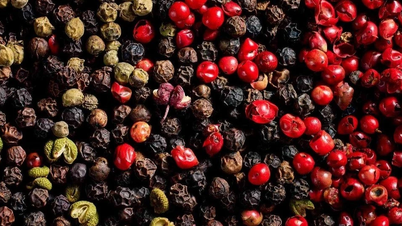

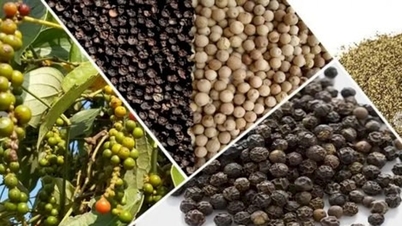

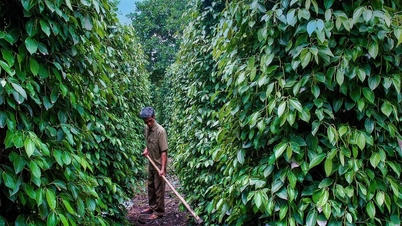




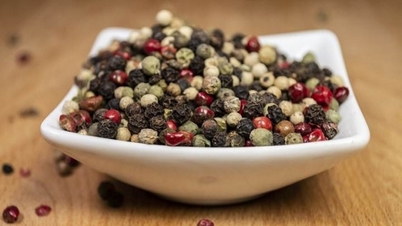












































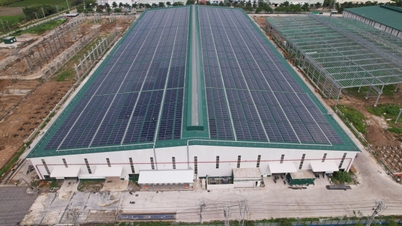




























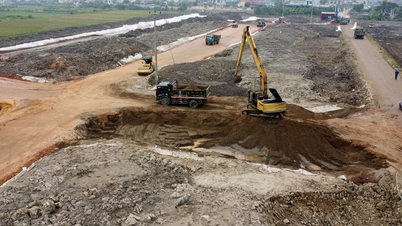


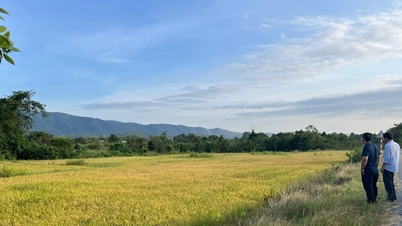
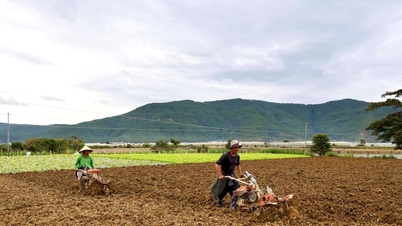














Comment (0)